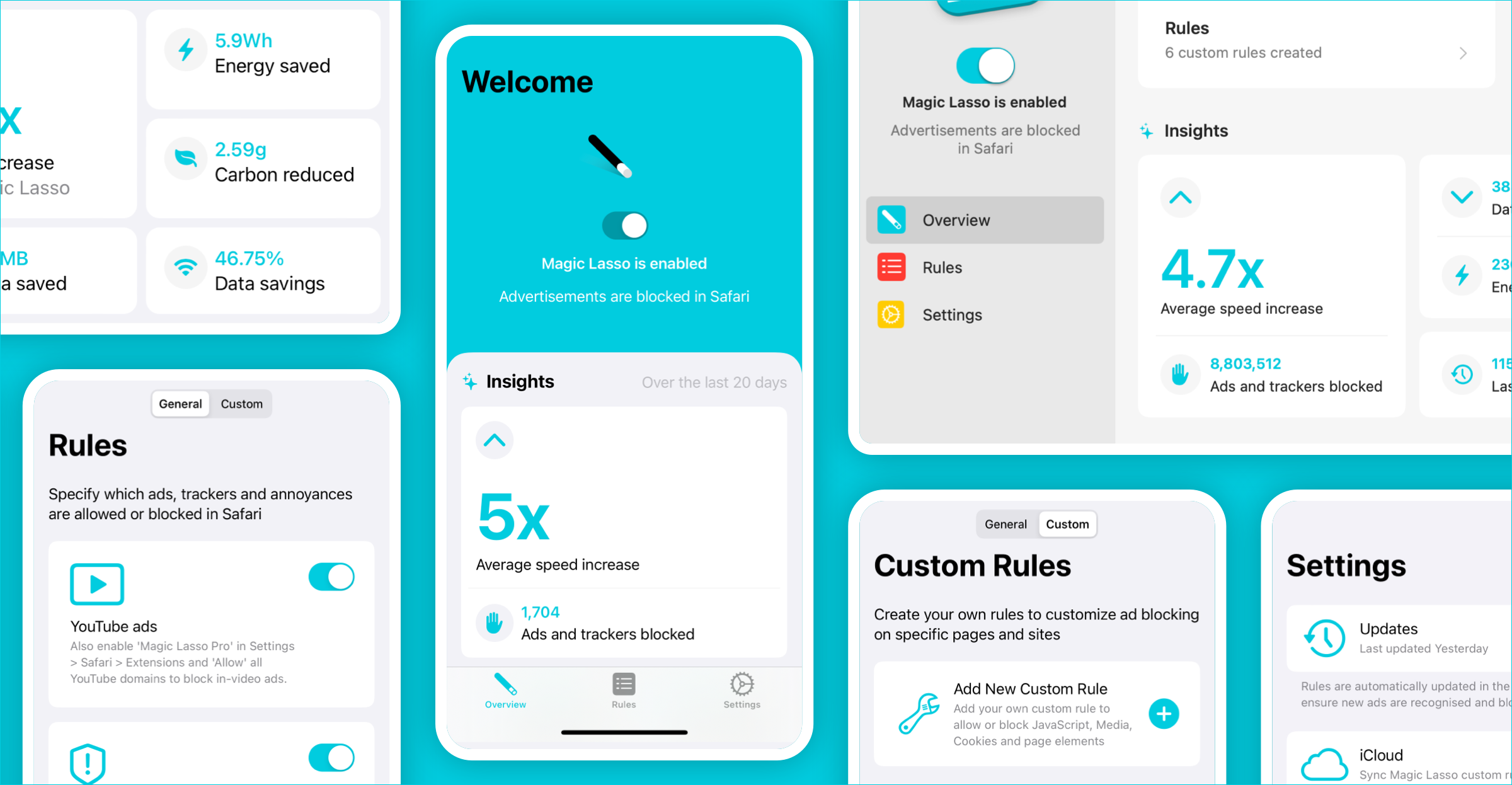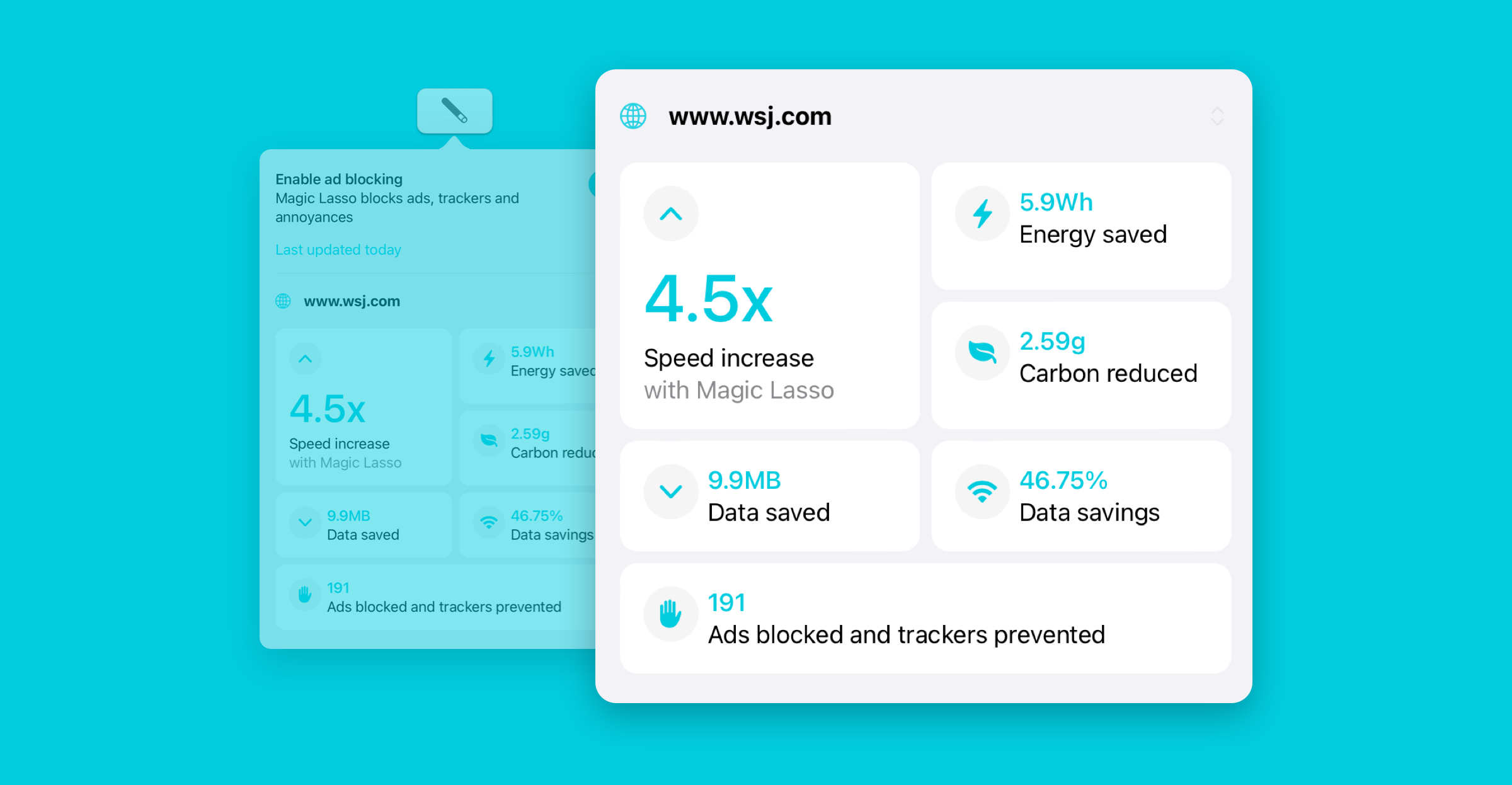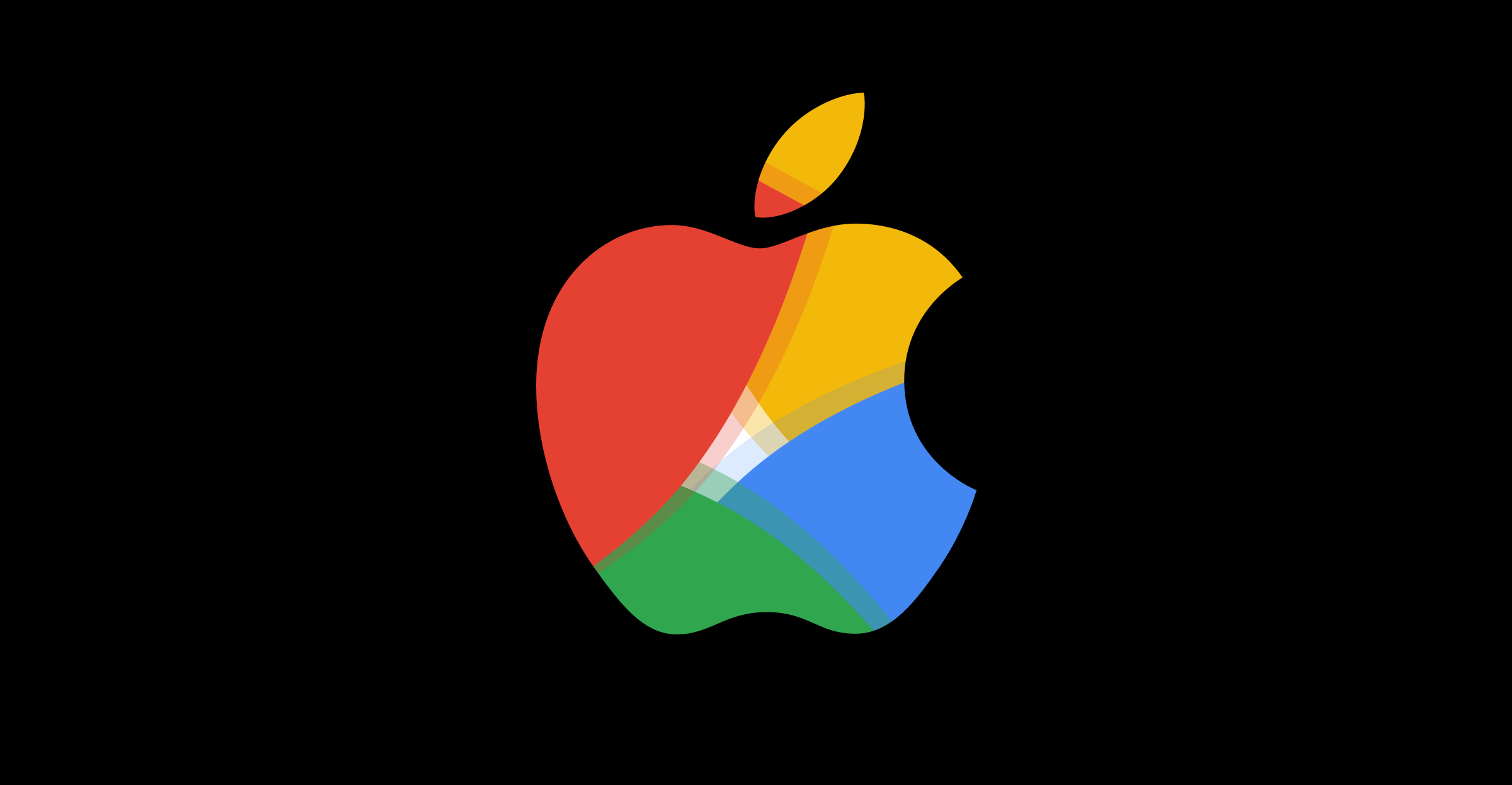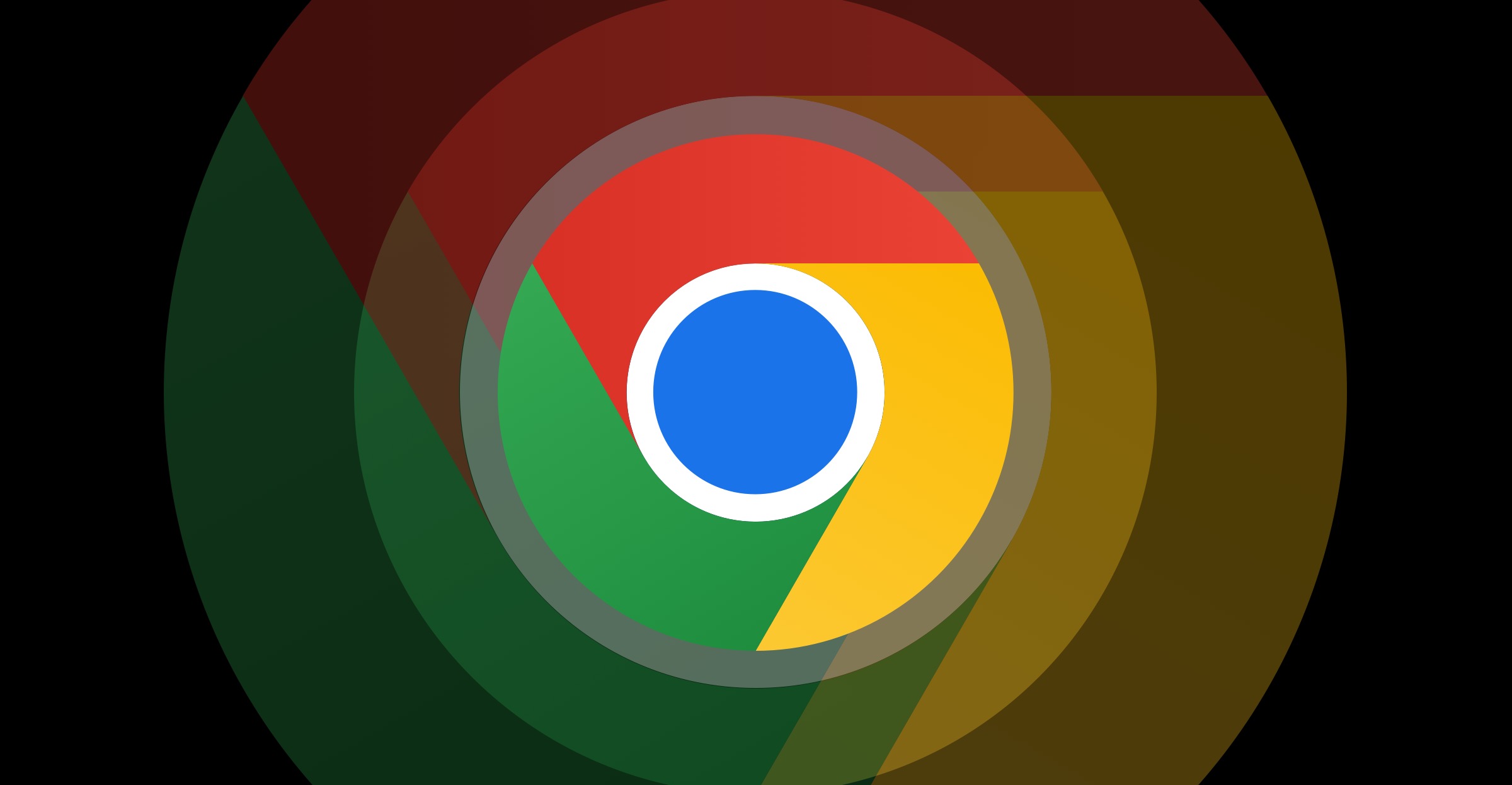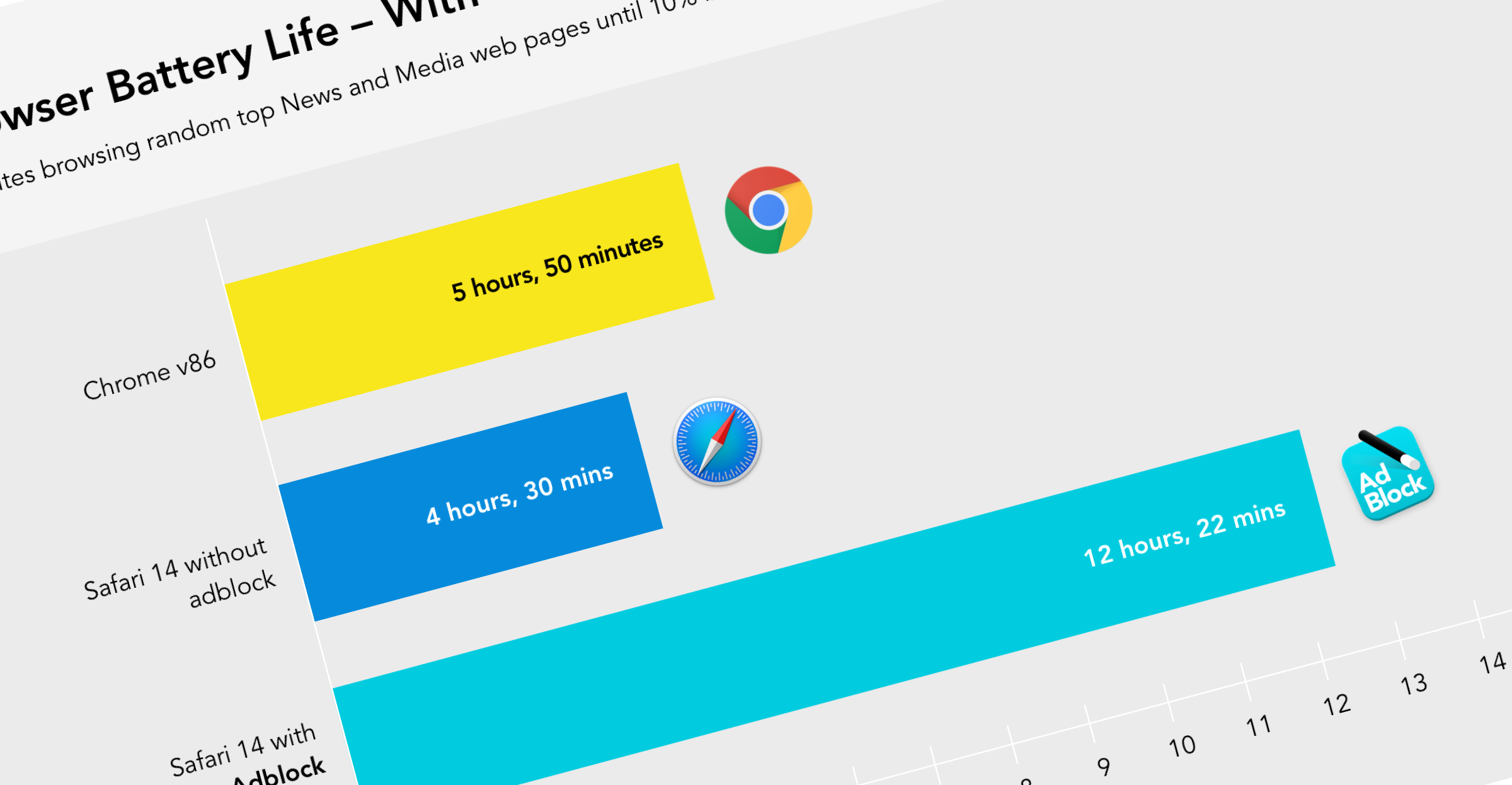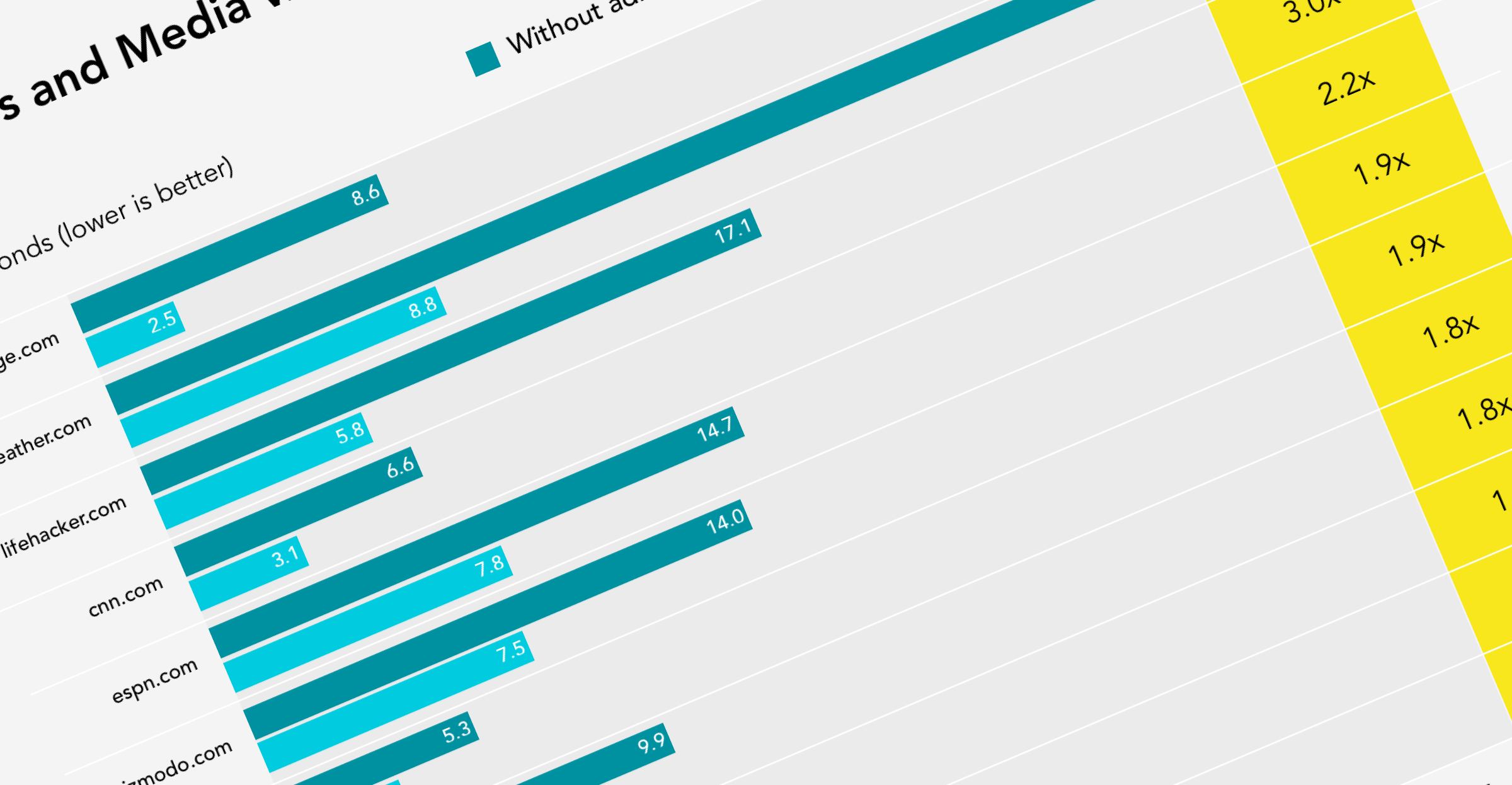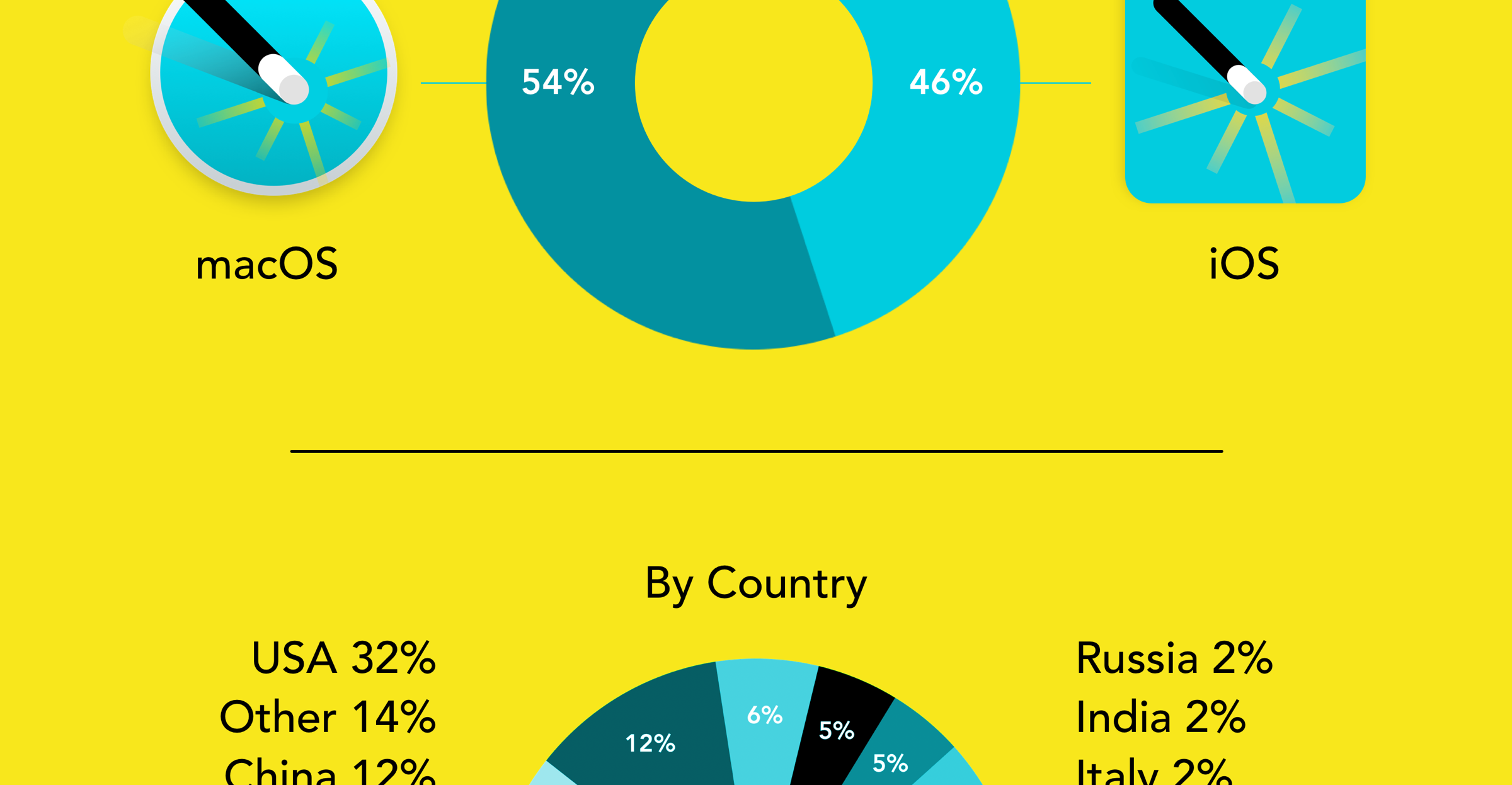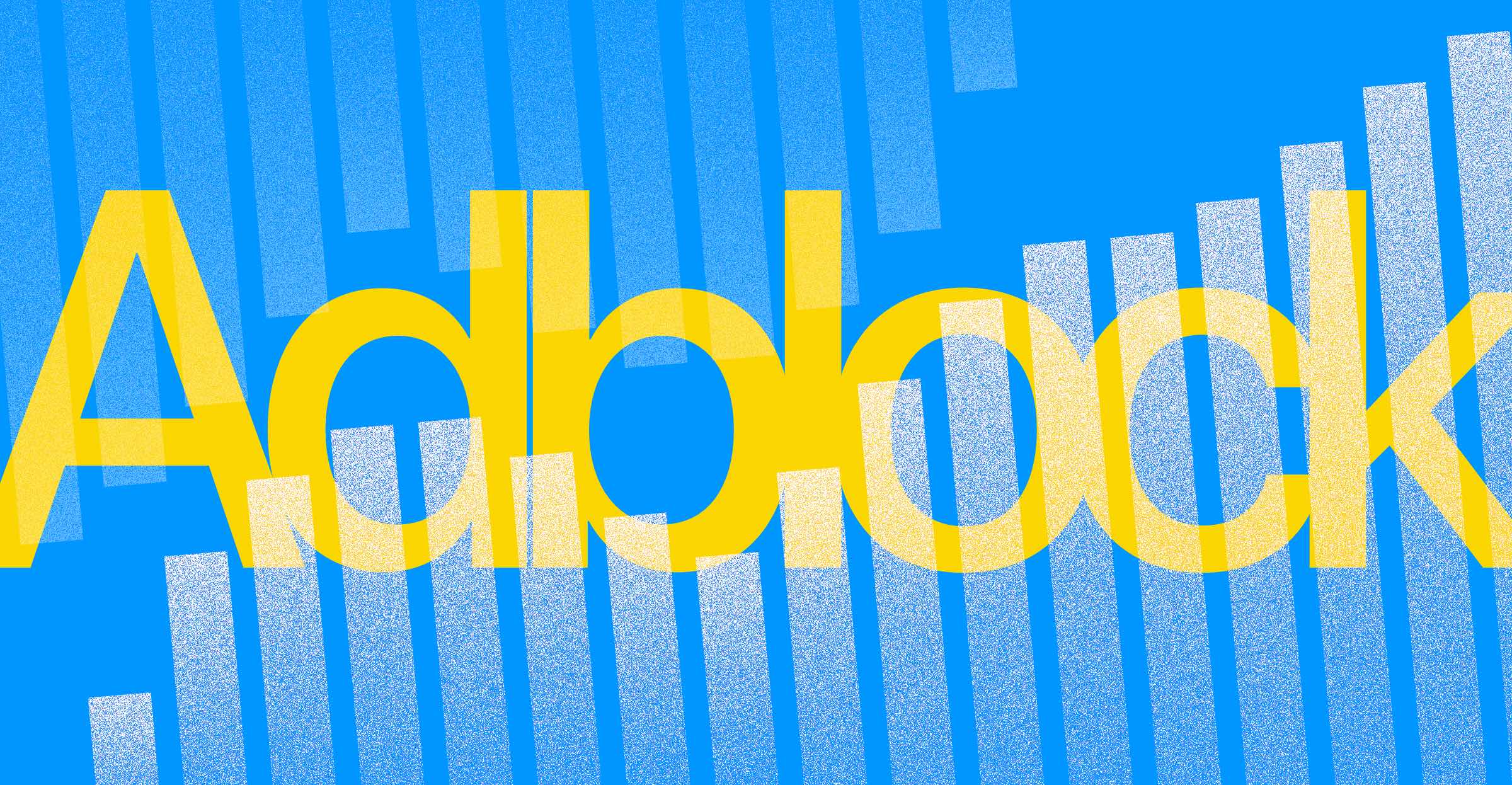Google deserves praise. Over the last decade it has steadfastly executed on a strategy.
A strategy to undermine, co-opt and control ad blockers. Google’s existence relies upon this strategy being successful.
In 2018, over 86% of Google’s revenue came from advertising. Ad blocking could reduce this revenue to zero. So, for Google, ad blockers are an existential threat.
Consequently, Google has tried - both overtly and covertly - to reduce ad blocker effectiveness. Recent changes to the Chrome browser and how extensions work is the latest in a long series of activities.
Owning access
Since their founding, Google has been successful in search. A dominance in search allowed Google, through their pay-per-click model, to also dominate internet advertising.
Over time it became clear that search success relied upon users being able to access Google search via a desktop web browser or mobile phone.
This was a problem for Google. Google didn’t own a mobile phone platform and it didn’t control a web browser. So they focused on addressing these threats. In 2005, Google purchased an in-development mobile phone platform called Android. This was subsequently launched for third party phones in 2008.
Also in 2008, Google forked the WebKit open-source web rendering engine from Apple’s Safari browser. They used this code as the starting point to implement their own browser called Chrome.
This was a key step to ensure Google controlled a major gateway to the internet - at a higher level than search. It also reduced their risk if, or when, a competitor were to deploy an ad blocker built-in to a web browser. If a competitor were to implement ad blocking as a default feature, it would cut off a large portion of Google’s revenue stream overnight.
As of 2019, Google’s Chrome browser has a 62% market share (according to StatCounter). A successful first decade. And a very successful risk mitigation for Google’s ongoing ad revenue.
Controlling and funding the competition
In 2011, Google started paying the world’s most popular ad blocker – Adblock Plus – to include them in their ‘Acceptable Ads’ policy. A policy marketed as encouraging better advertising on the web.
In fact, Google’s agreement and payments mean that their ads are, by default, still visible when using a web browser with Adblock Plus installed. So, yes, Google funds the world’s most popular ad blocker via Adblock Plus’ owner EyeO ‘Acceptable Ads’ kick-back scheme.
Influencing perceptions
In 2017, Google was instrumental in a PR campaign and faux industry group to encourage better advertising practices. They called the group the “Better Ads Initiative“. This is a continuing attempt to position advertising practices into two sides in the minds of users and industry – “better ads” and “bad ads”.
Of course, Google controls what classifies as “better ads” – with their advertising networks placed in this category. A simple definitional trick enabling Google to be considered on the good side of online advertising. Additionally it brings the ability for Google to point fingers at the “bad” advertising. Which Google is okay if you block, because they’re “bad”. Interestingly, board members for the Better Ads Coalition includes illustrious champions of user privacy such as Facebook.
Embrace and extinguish
Finally, in 2018, Google included a half-baked ad blocker in Chrome. This was an attempt to kill the market for any ad block competitors, so Google ends up controlling and becoming the only viable product available. Of course, the ad blocker in Chrome blocks anything that isn’t a “Better Ad“. If this tactic was to succeed, the world’s largest advertising company would control the ad blocker experience and be able to decide which ads are shown on the internet – killing both ad block competitors and ad network competitors.
Despite Google’s attempts, the usage of third-party ad blockers has skyrocketed and brought significant improvements to user’s privacy, security and experience of the web. The ongoing counterpoint ad blockers provide will ensure users have a say in what they view and what information they do and don’t provide to the world’s advertising giants.


